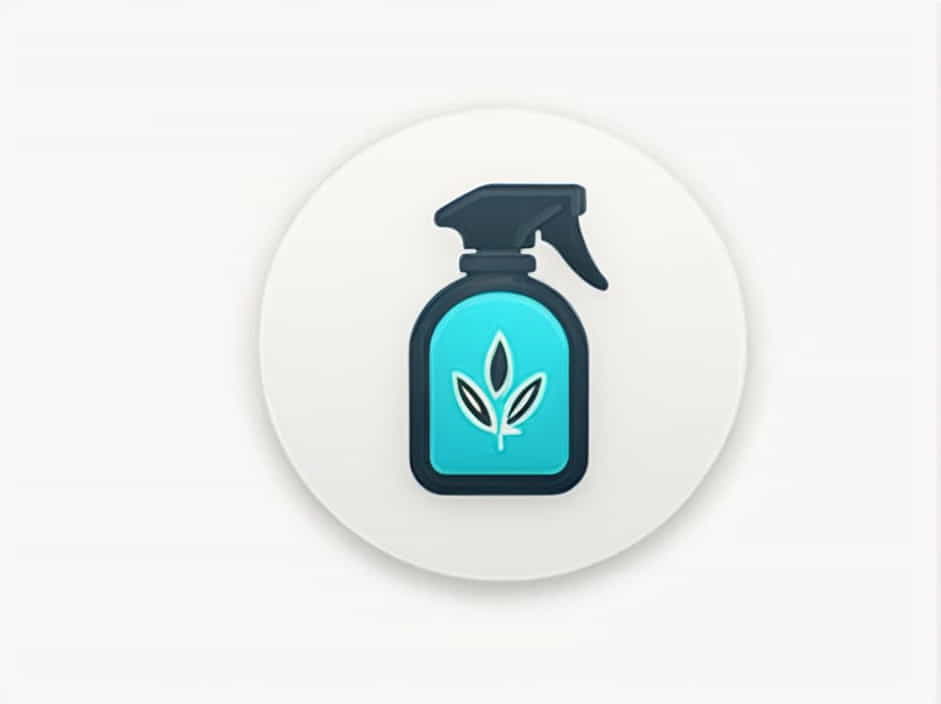Pesticides play a crucial role in modern agriculture, pest control, and public health. They help protect crops from harmful insects, weeds, and diseases, ensuring food security and increased agricultural productivity. However, their use also raises concerns about environmental impact and human health.
This topic explores the definition of pesticides, their different types, uses, benefits, and potential risks.
Definition of Pesticide
A pesticide is a chemical or biological substance used to prevent, destroy, or control pests that threaten crops, livestock, and human health. Pests can include insects, weeds, fungi, rodents, and other organisms that cause damage or spread diseases.
The term “pesticide” covers a broad range of substances, including herbicides (for weeds), insecticides (for insects), fungicides (for fungi), and rodenticides (for rodents).
Types of Pesticides
1. Insecticides
These pesticides target insects that damage crops or carry diseases. Common examples include:
- Organophosphates
- Pyrethroids
- Neonicotinoids
Insecticides are widely used in agriculture and public health programs to control mosquitoes that spread malaria and dengue fever.
2. Herbicides
Herbicides are used to eliminate unwanted plants (weeds) that compete with crops for nutrients, water, and sunlight. Popular herbicides include:
- Glyphosate
- Atrazine
- Paraquat
Farmers rely on herbicides to improve crop yields by reducing weed competition.
3. Fungicides
Fungicides help prevent and treat fungal infections in plants. Some common fungicides are:
- Mancozeb
- Copper-based fungicides
- Azoxystrobin
These chemicals are essential for protecting fruits, vegetables, and grains from diseases like powdery mildew and rust.
4. Rodenticides
Rodenticides control rodents such as rats and mice, which damage crops and spread diseases. Some widely used rodenticides include:
- Bromadiolone
- Warfarin
- Zinc phosphide
Rodenticides are used in agriculture, warehouses, and homes to reduce rodent populations.
5. Bactericides
Bactericides are designed to kill or inhibit the growth of bacteria that cause plant diseases. They are commonly used in orchards and greenhouses to prevent bacterial infections.
6. Nematicides
Nematicides are used to control nematodes, microscopic worms that attack plant roots and reduce crop yield. These pesticides are particularly useful in soil treatment.
Uses of Pesticides
Pesticides have a wide range of applications, including:
1. Agriculture
- Protect crops from pests and diseases
- Increase food production
- Improve crop quality and reduce losses
2. Public Health
- Control disease-carrying mosquitoes and insects
- Prevent outbreaks of malaria, dengue, and Zika virus
3. Home and Garden
- Eliminate household pests such as ants, cockroaches, and termites
- Protect lawns and gardens from weeds and fungi
4. Industrial and Commercial Use
- Maintain hygiene in food storage facilities
- Protect wood from termites and fungi
Benefits of Pesticides
1. Increased Crop Yields
By controlling pests and diseases, pesticides help farmers produce more food, reducing the risk of food shortages.
2. Protection of Public Health
Pesticides play a crucial role in controlling disease-spreading insects, preventing major health crises.
3. Economic Benefits
Farmers benefit financially from higher crop productivity, and consumers enjoy lower food prices due to increased supply.
4. Prevention of Property Damage
Pesticides protect buildings, furniture, and stored goods from damage caused by insects and rodents.
Risks and Concerns of Pesticide Use
1. Environmental Impact
- Pesticides can contaminate soil, water, and air
- Harmful effects on non-target organisms like bees, birds, and aquatic life
2. Human Health Risks
- Exposure to pesticides can cause skin irritation, respiratory problems, and neurological disorders
- Long-term exposure may increase the risk of cancer and hormonal imbalances
3. Pesticide Resistance
- Overuse of pesticides can lead to resistance in pests, making them harder to control
- Farmers may need stronger or more frequent pesticide applications, increasing costs and risks
Safer Alternatives to Pesticides
1. Integrated Pest Management (IPM)
A sustainable approach that combines biological, cultural, and mechanical pest control methods to reduce pesticide reliance.
2. Organic Farming
Uses natural pest control methods, such as crop rotation, companion planting, and biological predators like ladybugs and spiders.
3. Biotechnology and GMOs
Genetically modified crops (GMOs) with pest-resistant traits reduce the need for chemical pesticides.
Pesticides are essential tools in agriculture, public health, and pest control. They help protect crops, prevent diseases, and improve food security. However, their use also comes with environmental and health risks.
To minimize these risks, it is important to use pesticides responsibly, explore alternative pest control methods, and adopt sustainable farming practices. By balancing the benefits and risks of pesticides, we can ensure a safer and healthier environment for future generations.
